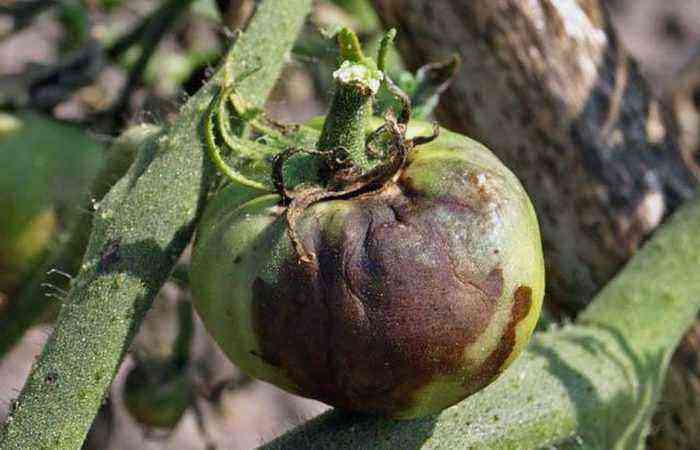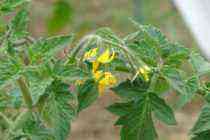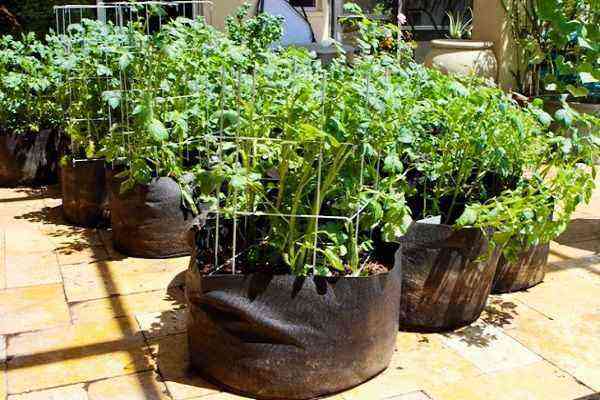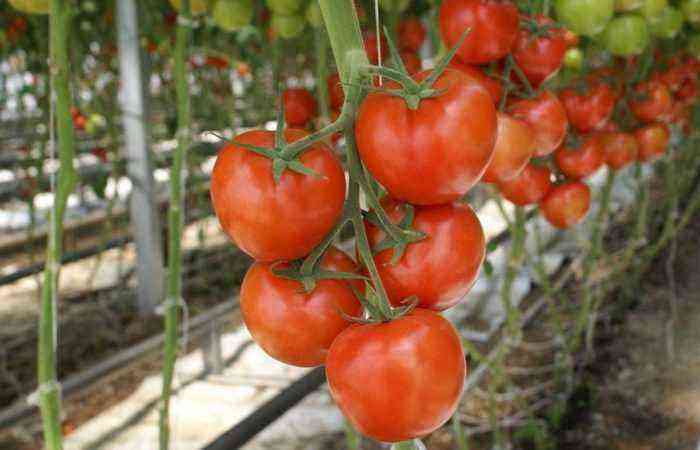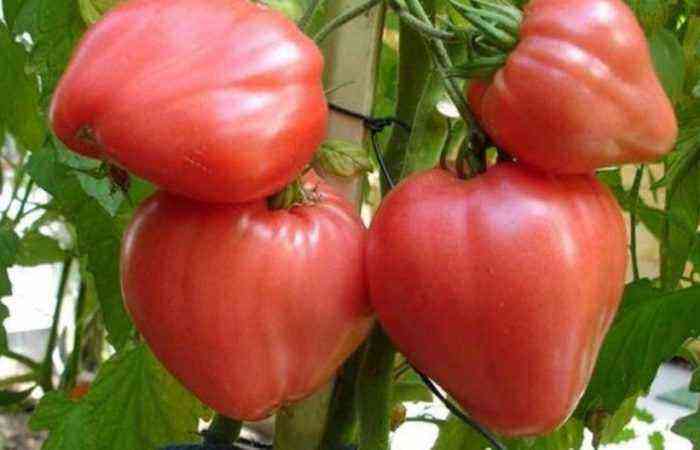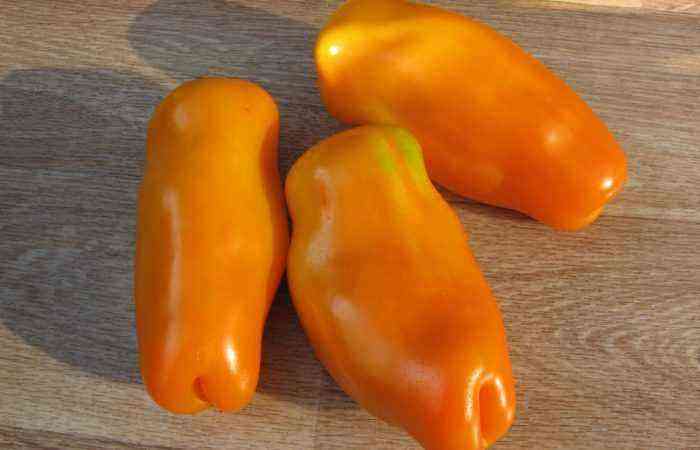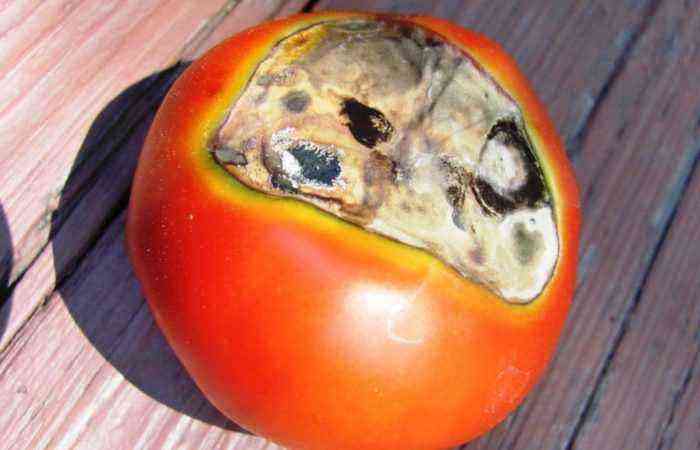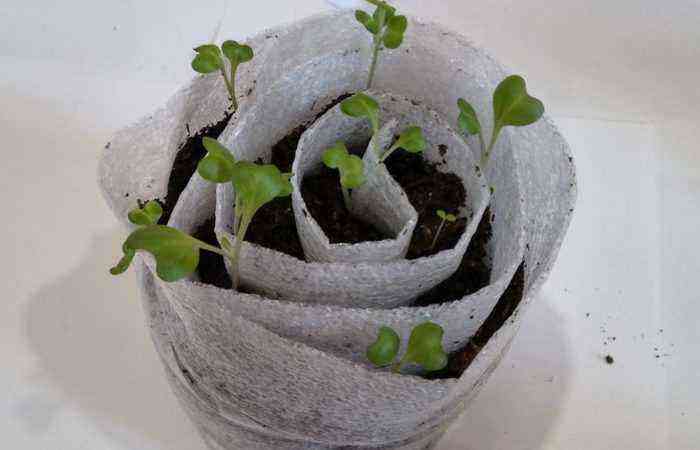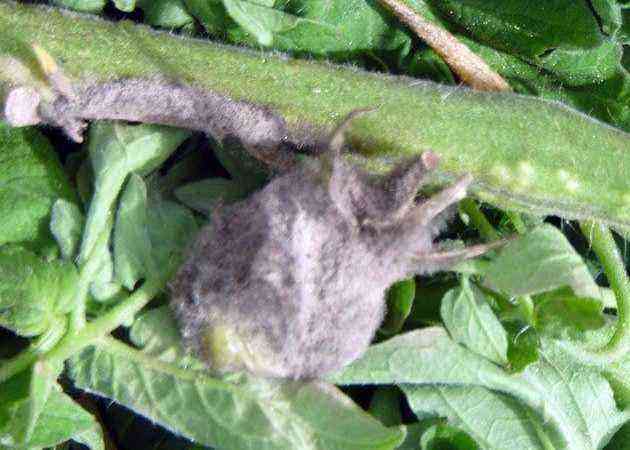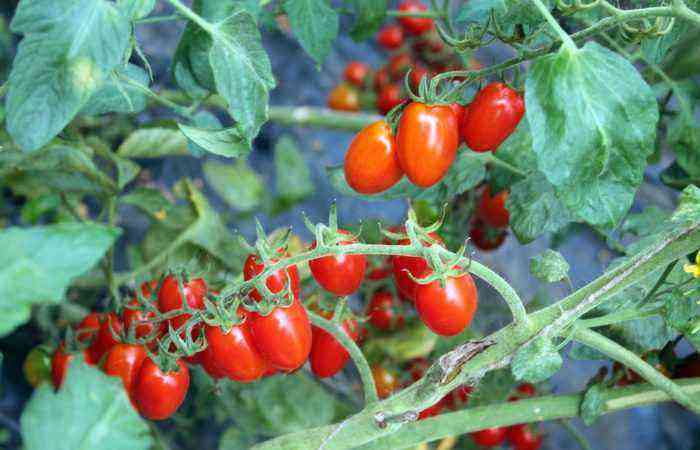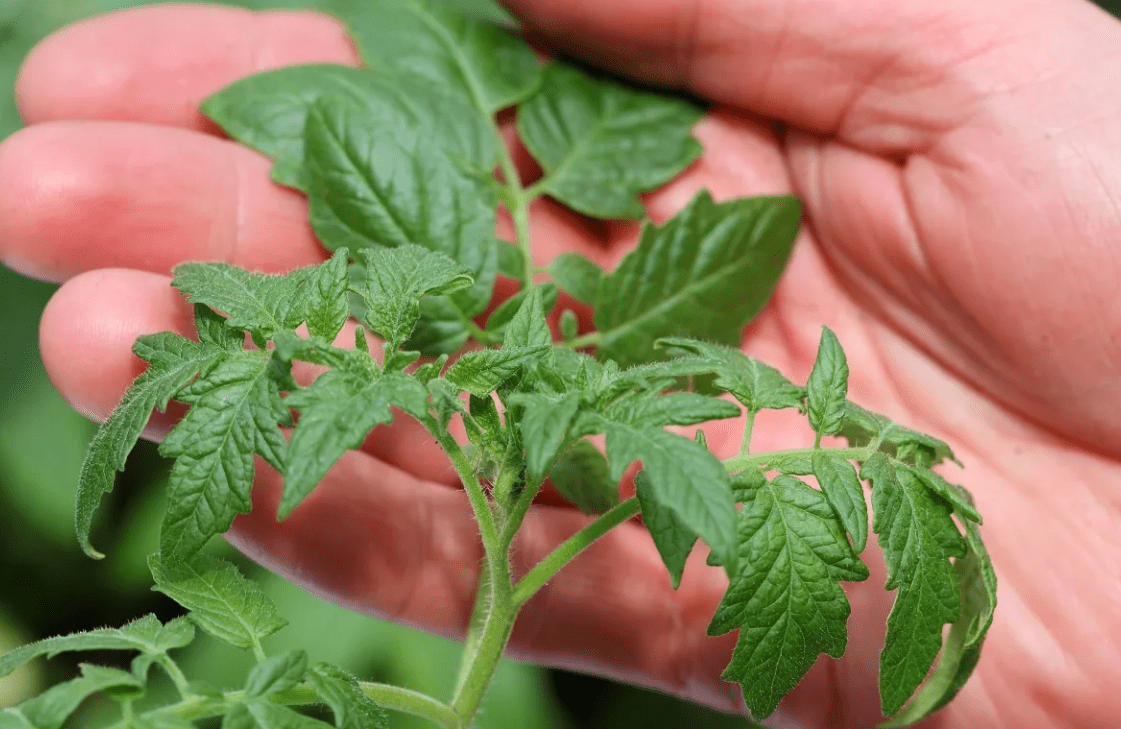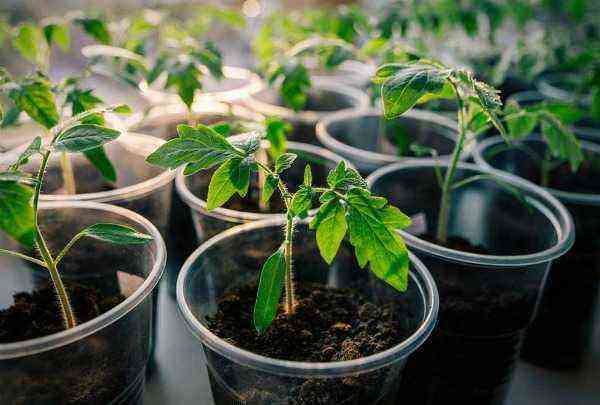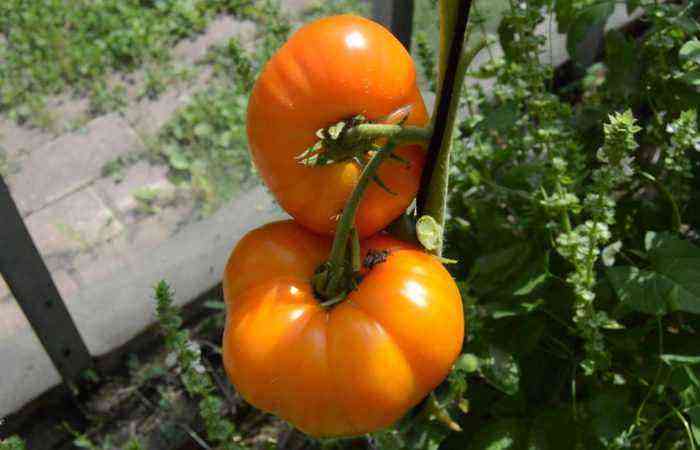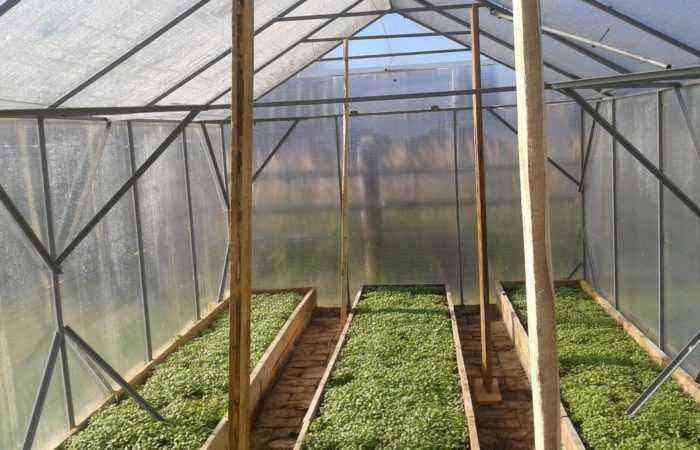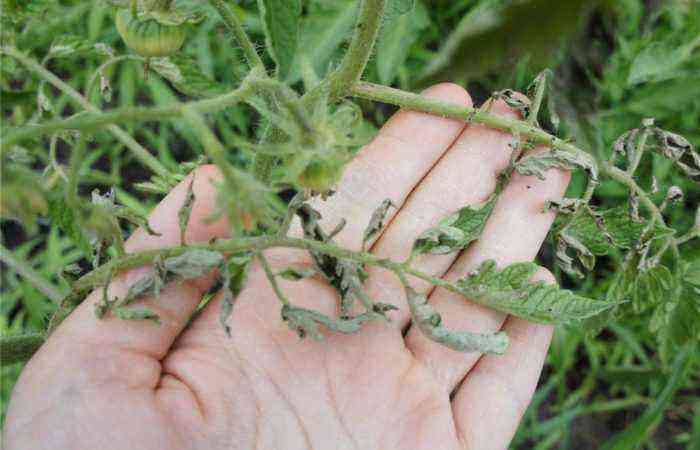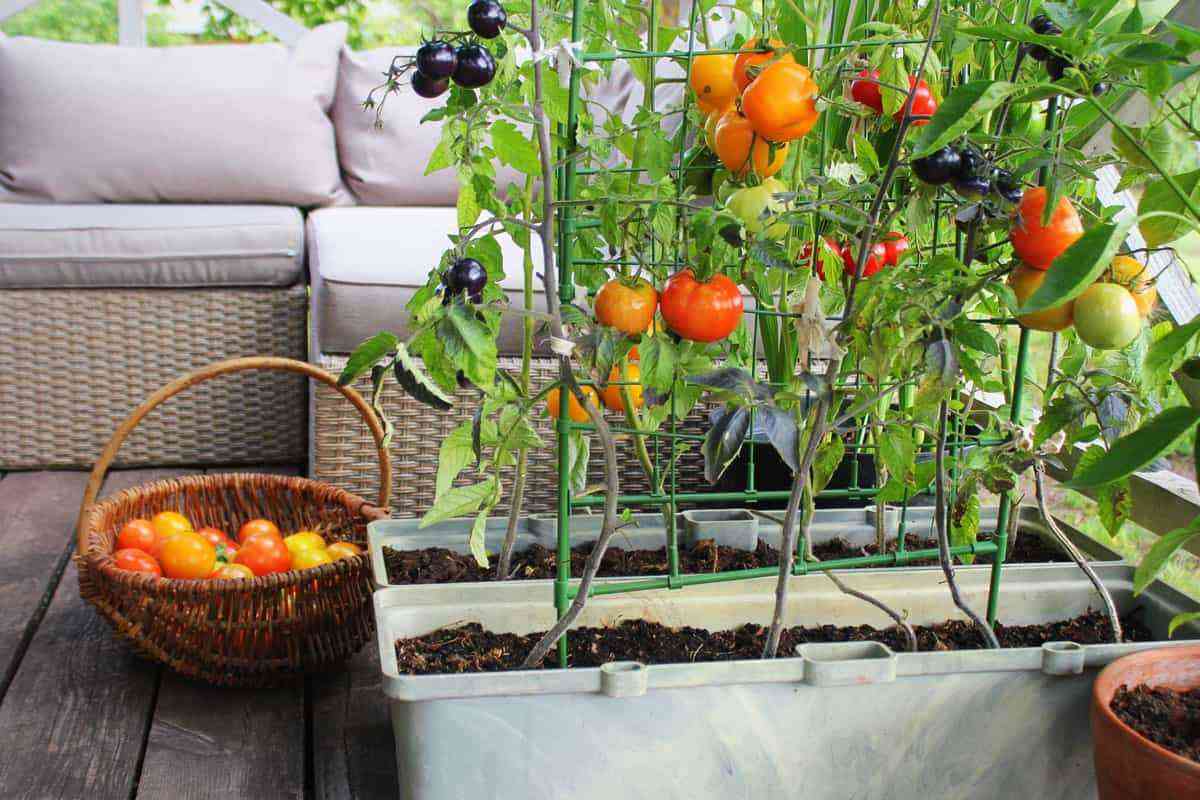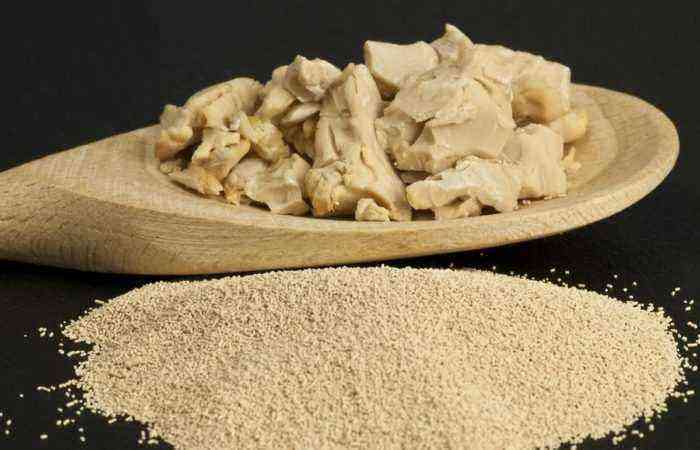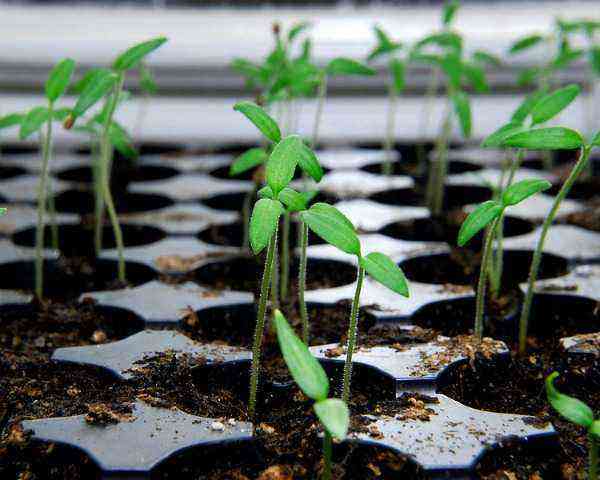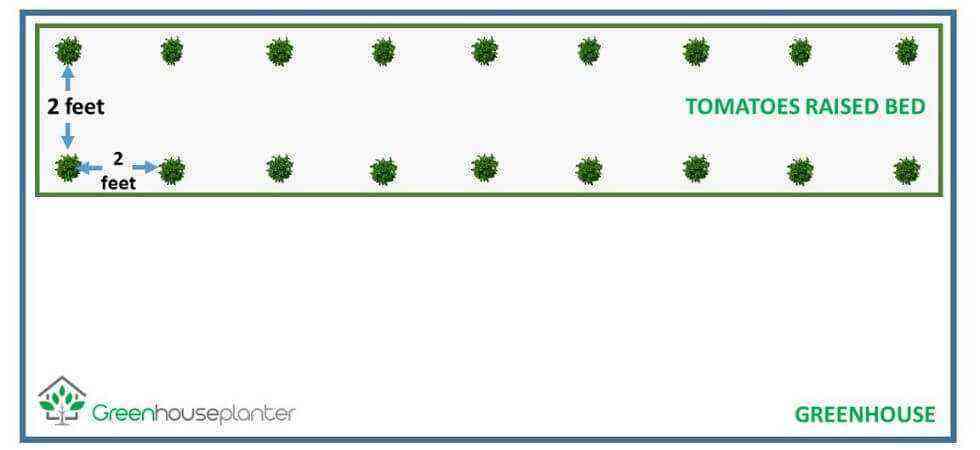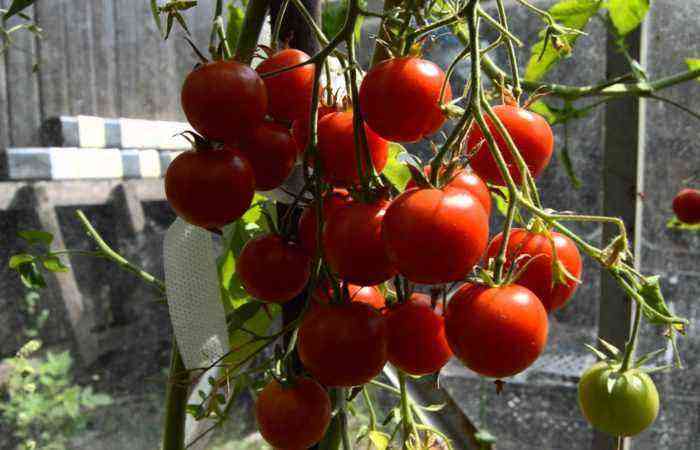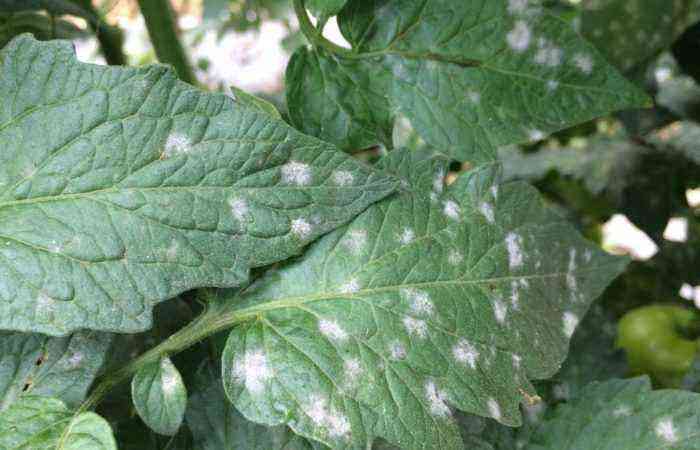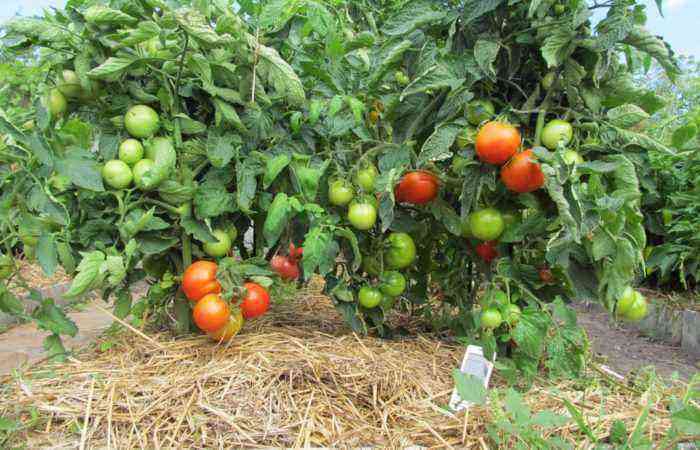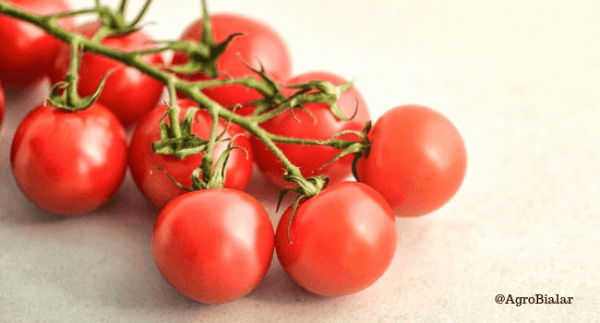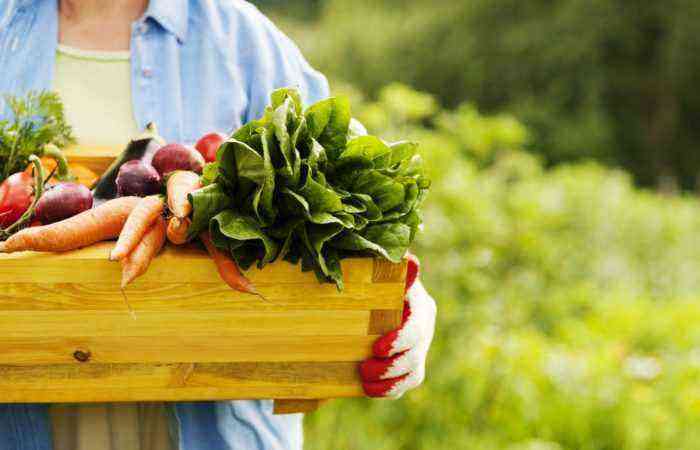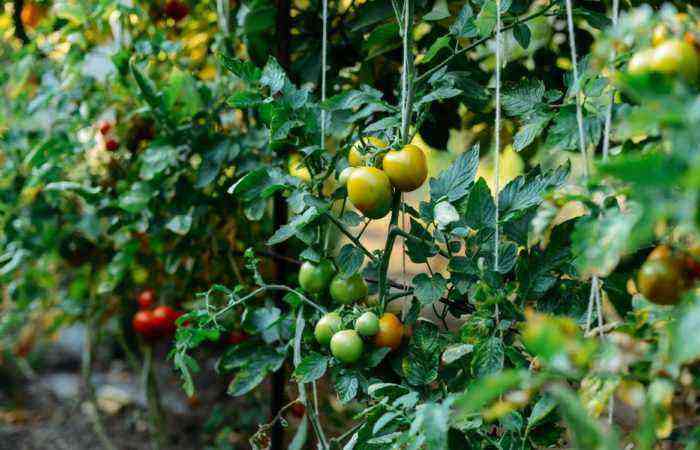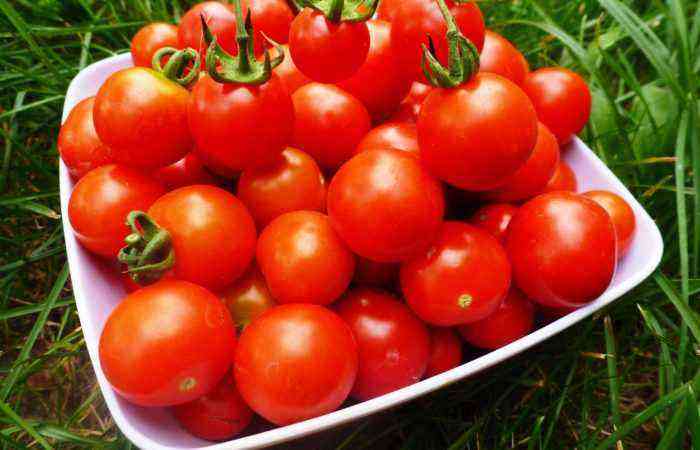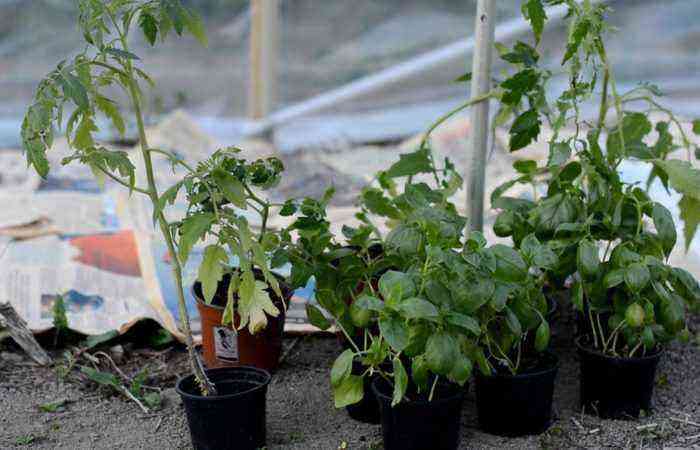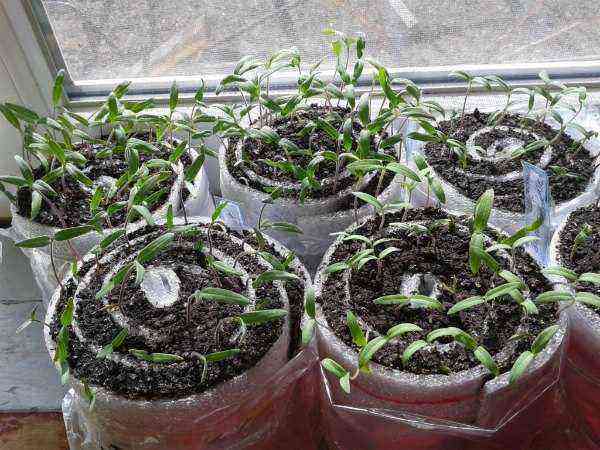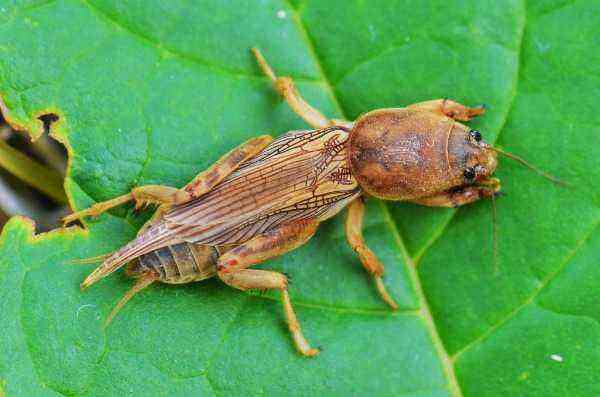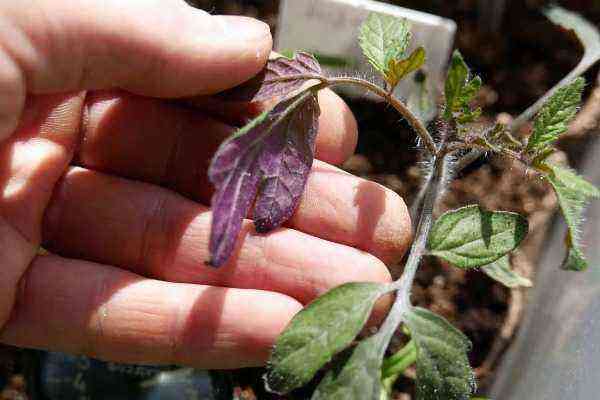The market offers a huge selection of planting material produced by proven agricultural companies. Summer residents purchase seeds of new varieties to test the declared properties and test the fruits “for taste”. If the quality of the crop meets the requirements, the new variety receives a residence permit. The best fruits go to seed material – experienced gardeners know that “home” seeds are larger, have a high germination rate and give strong healthy seedlings.
Unfortunately, no one is immune from buying counterfeit, regrading, expired, spoiled by improper storage of seeds. It’s not about the cost of seeds – during spring sowing, roads are expensive every day. The loss of 10-14 days when growing seedlings will affect the yield of tomatoes.
Tomatoes for seeds: what you need to know?
Seeds can be harvested on their own if the gardener is sure that the collected planting material will repeat all the best qualities of the mother bush. Tomatoes are self-pollinating plants. Its flower is arranged in such a way that cross-pollination is possible only theoretically.
Characteristic features are accurately transmitted only in varietal plants. Both seeds of varietal tomatoes and hybrids of the 1st generation labeled F1 are available for retail sale. There is no guarantee that the 2nd generation will produce a quality crop.
Gardeners often conduct experiments – write out the variety of tomatoes they like according to the description, without taking into account the recommendations of breeders.
Only released varieties are suitable for collecting seeds at home. Non-zoned tomato varieties in unusual conditions do not always produce full-fledged seeds.
Choosing a tomato for seeds – the right approach
Even in the process of growth and formation of ovaries, 2-3 healthy bushes with typical varietal characteristics of the fetus should be noted from all tomato beds:
- the size;
- the form;
- color.
For seed propagation, tomatoes should be taken only from the main stem, the first two formed brushes.
During the formation of the first fruits, the plant has a sufficient supply of nutrients, the soil of the root zone has not had time to deplete.
Large tomatoes without defects are suitable for collecting seeds. There is no need to wait for the final ripening – at the stage of technical maturity of tomatoes, the seeds are already formed.
A brown unripe tomato taken from a bush, when ripe, gives a full-fledged seed material. Overripe fruits are not recommended for seed work.
Two ways to get quality tomato seedlings
Tomato seeds ripen surrounded by a placenta – a shell that contains special substances that delay germination. If you simply select the seeds along with this shell, the putrefactive process will begin. This can be avoided in 2 ways: remove the shell or quickly dry the collected material.
Consider the sequence of obtaining home-made tomato seeds:
- Cut the fruit across – in this case, the seed chambers are clearly visible.
- With a spoon, select the seeds in a glass jar (glass). Add some water. Leave for 3 days for fermentation – fermentation processes destroy the placenta.
- Mold forms on the surface – it should be removed.
- Add water, stir and drain everything that floats to the surface. Only defective seeds will emerge, it makes no sense to leave them for storage – they do not give seedlings.
- Repeat this “washing” until you get clean seeds at the bottom of the jar.
- To finally clean the seeds from unsimilar ones, it is necessary to fill them with a solution of table salt: 1 teaspoon per 1 glass of water. Drain everything that comes up. Rinse the heavy seeds remaining at the bottom with running water.
- Strain the settled washed seeds through cheesecloth and dry completely until flowability on a film or thick paper.
- Collect in a paper bag and sign.
Sometimes at home they act according to a simplified scheme for obtaining tomato seeds. If there are many varieties, 1 fruit of each variety is left “for testing”. In this case, it is troublesome to carry out the described “fermentation”. Practice has shown that it is possible to do much easier:
- Cut a ripe tomato crosswise and scoop out the seeds with a teaspoon.
- “Smear” the selected gruel on a napkin. It is better to take a plain fabric – the seeds will be clearly visible.
- Dry – the seeds should be easily separated from the napkin.
- Rub with fingers until fluffy.
- Wrap in paper packaging and sign the name of the variety.
As a variant of the described method, freshly harvested tomato seeds are laid out at 2×2 cm intervals on a paper napkin or toilet paper. After drying the seeds, they are not separated. Store folded with the obligatory marking of the name of the variety. For planting seedlings, simply tear off a piece of paper with a stuck seed.
Recommendations for harvesting tomato seeds and their storage can be found in the video.
Storage: 5 rules
Many complain about expired seeds and find in this an explanation for poor germination. Properly collected and maintained in proper conditions, tomato seed material does not lose its germination capacity up to 10 years.
In order not to be left without seedlings in the spring, we store the seeds correctly. Basic requirements for storage conditions:
- in paper bags or linen bags;
- dry place without access to sunlight;
- storage temperature has no special restrictions, usually room temperature;
- up to 5 years germination is guaranteed.
Individual, largest seeds will remain viable for 10 years, but it is better not to count on regular seedlings.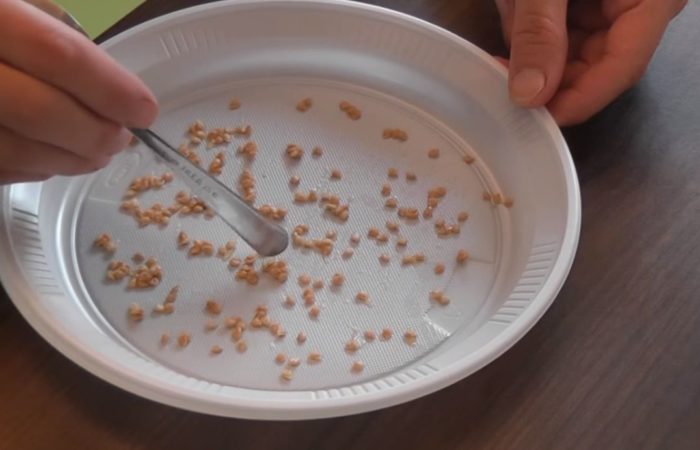
Answers on questions
The experience of growing plants does not come immediately. Newbie questions are often repeated.
What is the timeframe for collecting and harvesting?
The time to collect and harvest seeds is chosen depending on the ripening time of the selected variety, in the middle of its fruiting:
- early varieties – late July or early August;
- mid-season varieties of tomatoes – the second half of August;
- late varieties – the first half of September.
Be guided by local weather conditions: the very first and last-set fruits are unsuitable for seed work – they give weakened shoots.
What to do if the tomatoes did not have time to ripen: how to collect the seeds?
If the weather forecast does not suggest improvement, all fruits should be removed, including milky-wax ripeness, since the likelihood of developing fungal diseases is high. After ripening, the seeds of such tomatoes are no different from those ripened on a bush. This is the best way to protect future seedlings from late blight and other fungi.
How to disinfect seeds?
Seed disinfection is best done before storage, even before drying.
Calibrated seeds are kept for 15-20 minutes in a pink solution of potassium permanganate and washed with running water.
The best prevention of fungal diseases is to store tomato seeds in a dry, dark place at room temperature. Warming up before planting in the ground at + 50-60 ° C perfectly copes with fungal spores and increases the germination of seeds.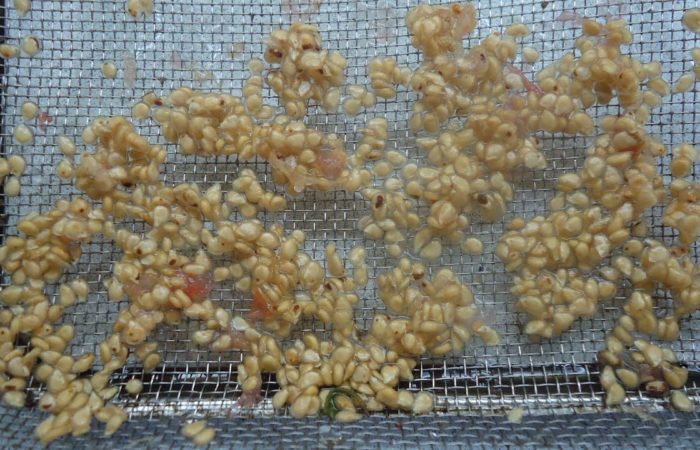
Conclusion
Homemade seeds have a lot of advantages:
- worth nothing for the money;
- sorting is excluded;
- variety tested in practice.
Finally, a useful tip – in a favorable year, it makes sense to prepare a supply of seed material for several years in advance.
